Do you stare at your notes, hoping the information will just sink in?
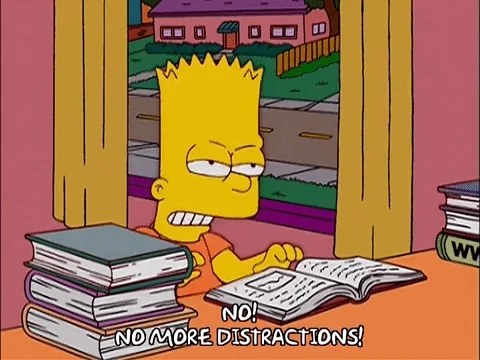
❗ Stop...
There's a better way.
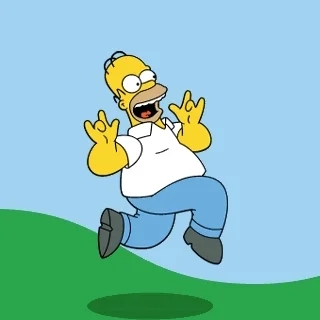
Use flashcards to learn more in shorter chunks so you have more time to spend on things you enjoy!
What are flashcards?
Flashcards are small two-sided note cards.
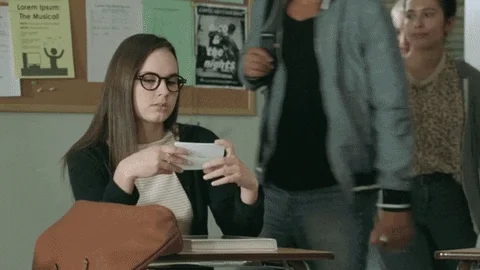
Each side of the card has a purpose:
Front
❓ A prompt or question
e.g. Capital of Brazil
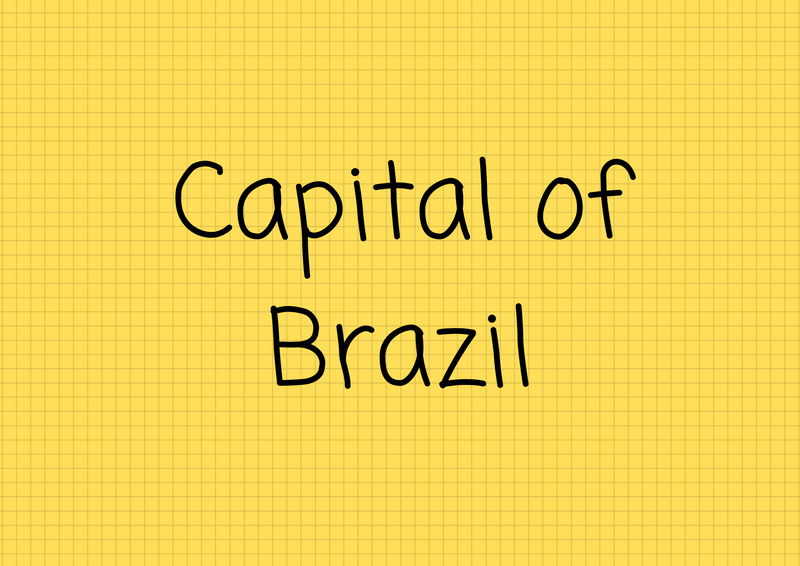
Back
⭐ The explanation or answer
e.g. Brasília
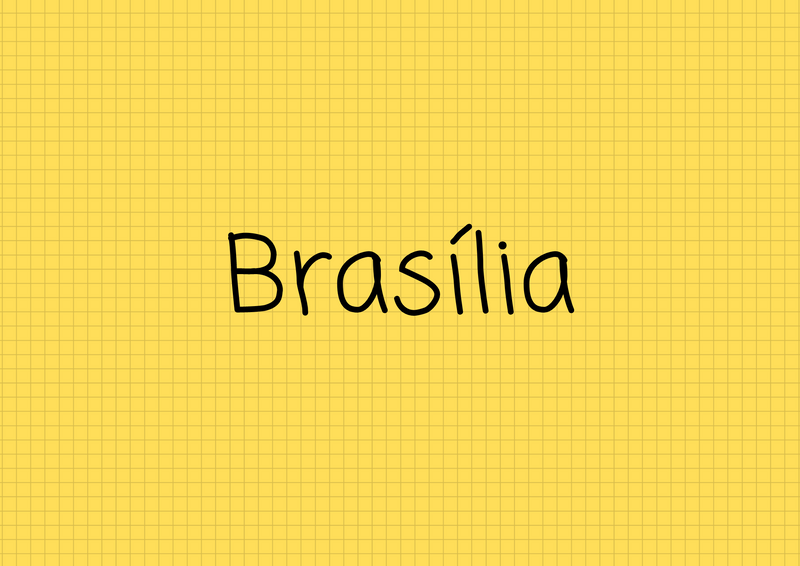
How do I use flashcards?
Flashcards should be used regularly.
It's proven that studying for shorter chunks but at regular intervals actually improves your brain's ability to remember information.
This learning technique is called spaced repetition.

Step 1
Decide how often you're going to look at your cards.
👉 e.g., daily for 20 minutes over the course of two weeks
Step 2
After answering a flashcard put it in a Yes or No pile.
✅ Yes = correct
❌ No = incorrect
Step 3
Next time you use your flashcards, start with the No pile.
If you get it right, add it to the Yes pile.
Step 4
Repeat!
Paper vs digital flashcards
You might be thinking paper flashcards sound like a bit of a pain, and there must be an app for that!
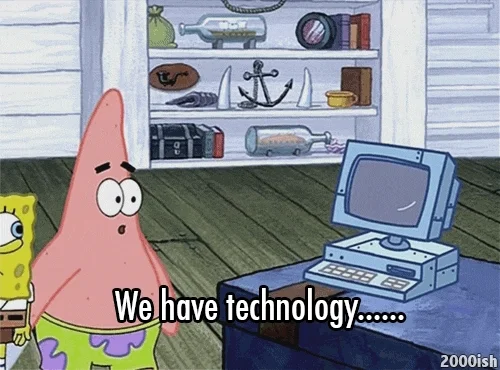
Explore the pros and cons of both, to work out what sort of flashcards will work for you.
Paper flashcards

✅ Pros
Unique and personalized to you
Gives you a break from screens
You control when you see a card again
❌ Cons
Easy to lose or damage
Hard to manage and keep track of the cards you struggle with
Digital flashcards
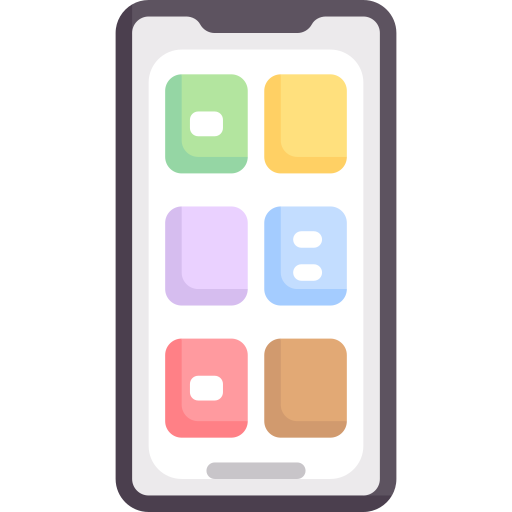
✅ Pros
You can use pre-made cards if you're short on time
Easily accessed on the go with your phone
Uses spaced repetition software to track which cards you struggled with
❌ Cons
Adds to your daily screen time
You can't control the cards you see each time
Quiz
Susan's thinking about using flashcards to improve her knowledge of flags. Which method would be best for her?
Take Action
Start acing your learning game with flashcards!
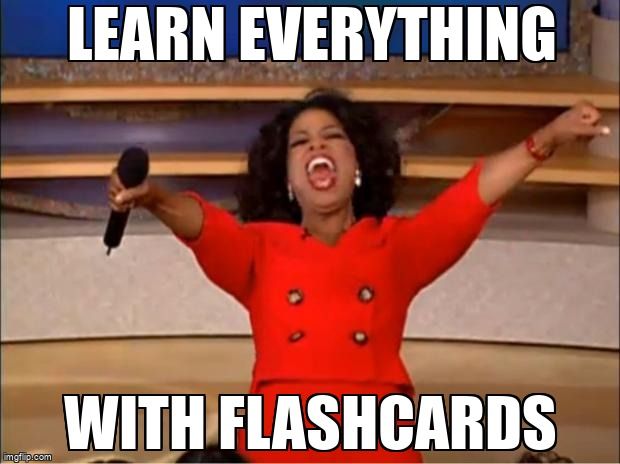
Your feedback matters to us.
This Byte helped me better understand the topic.
